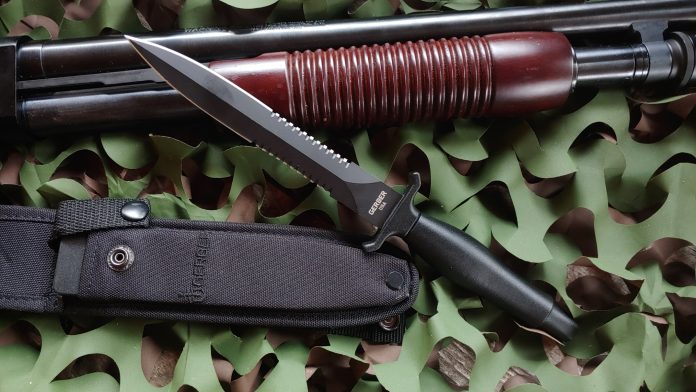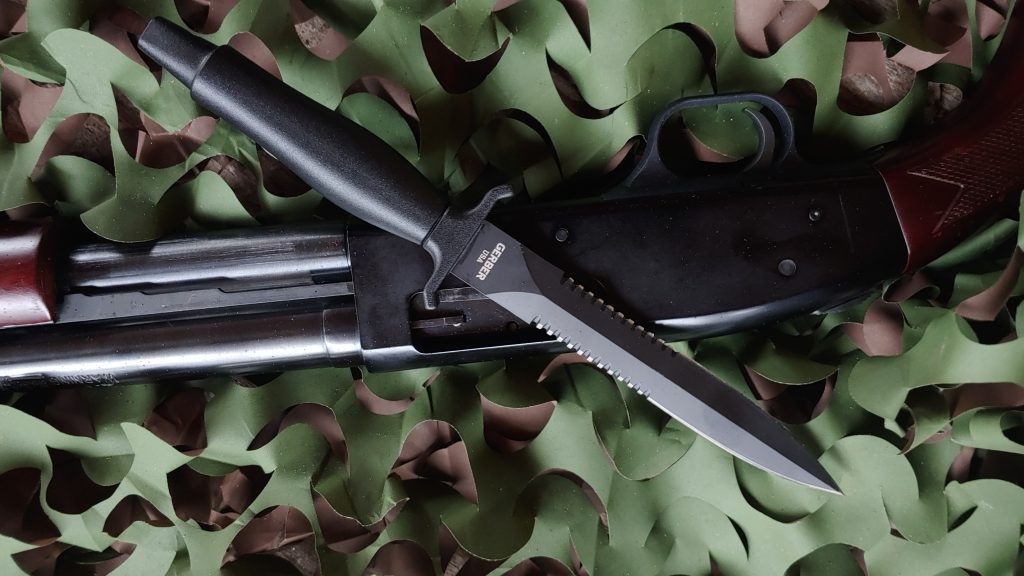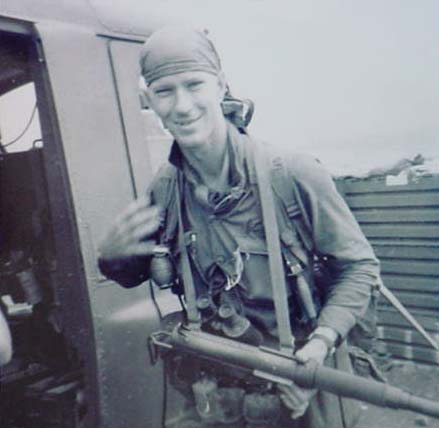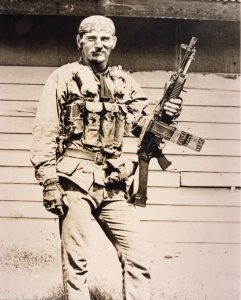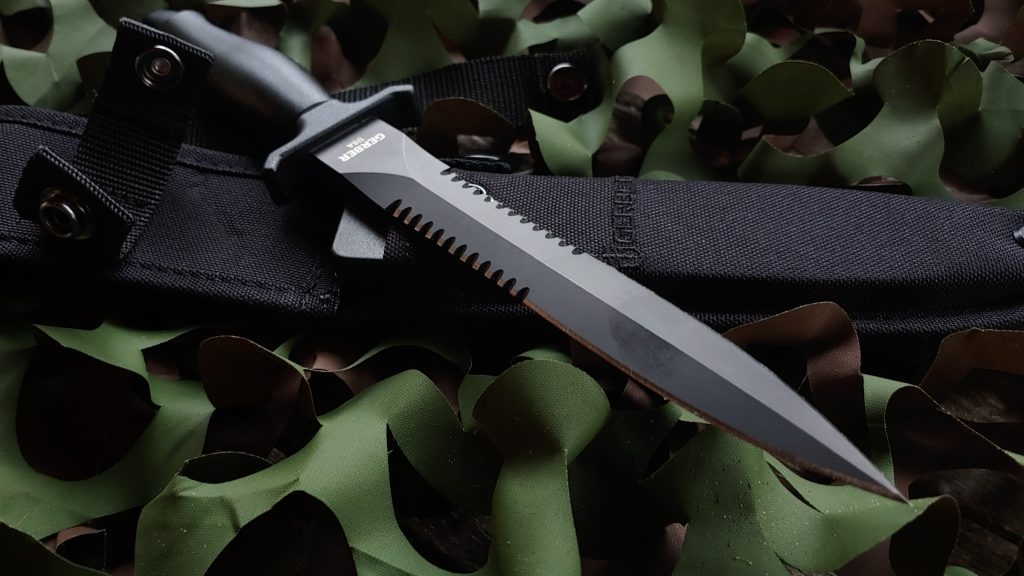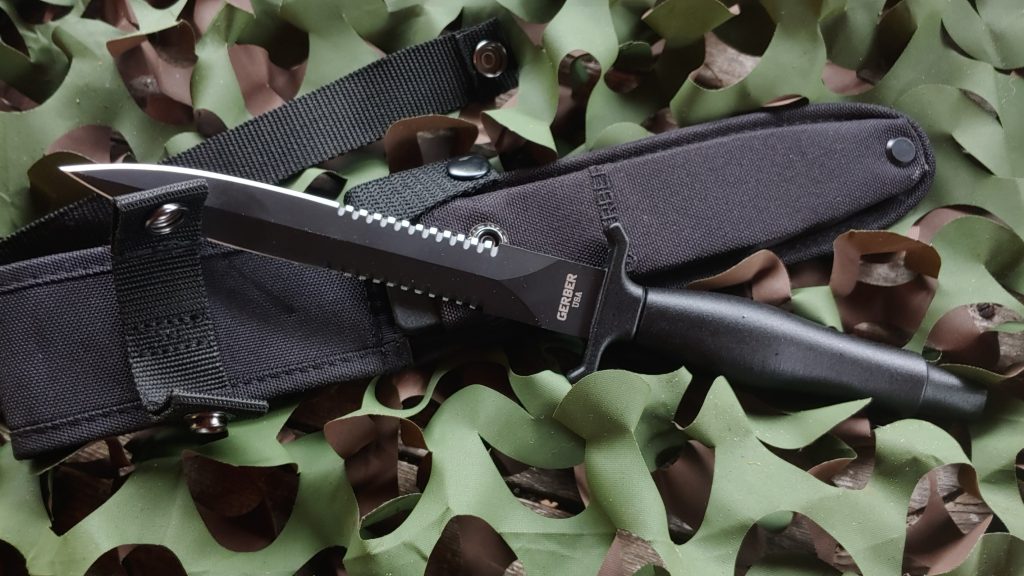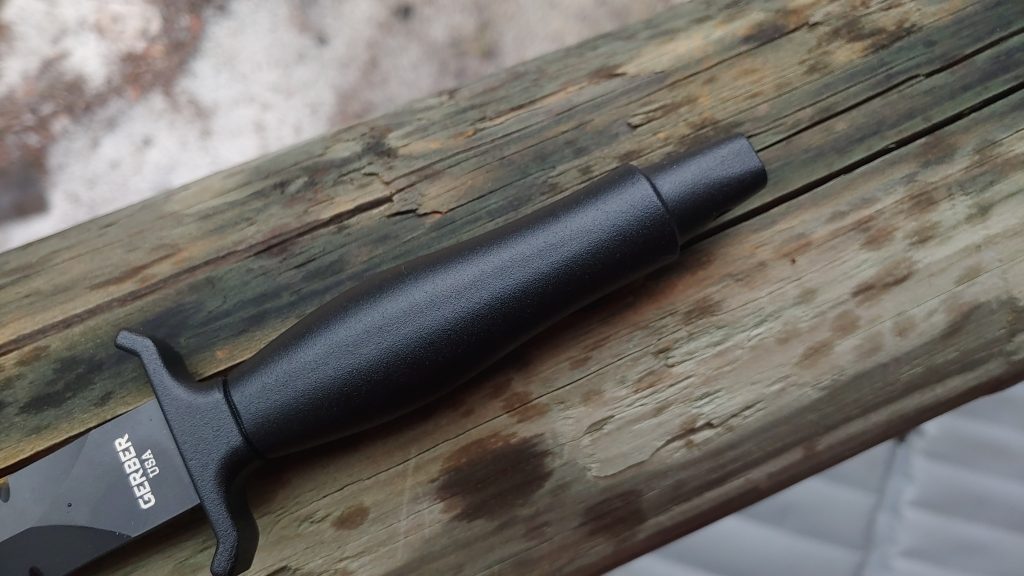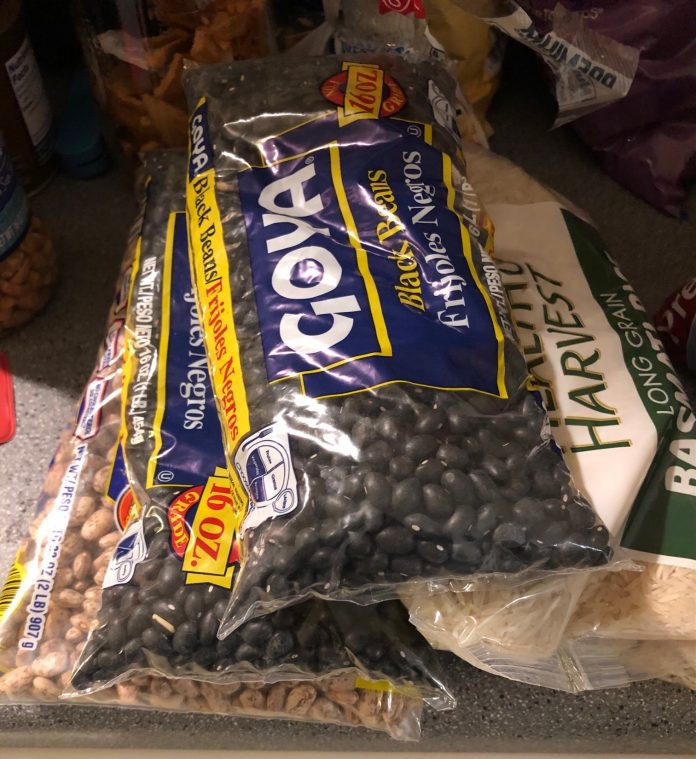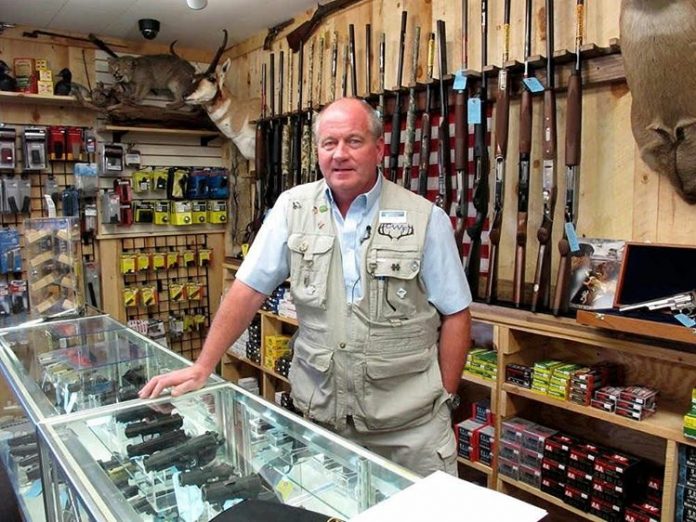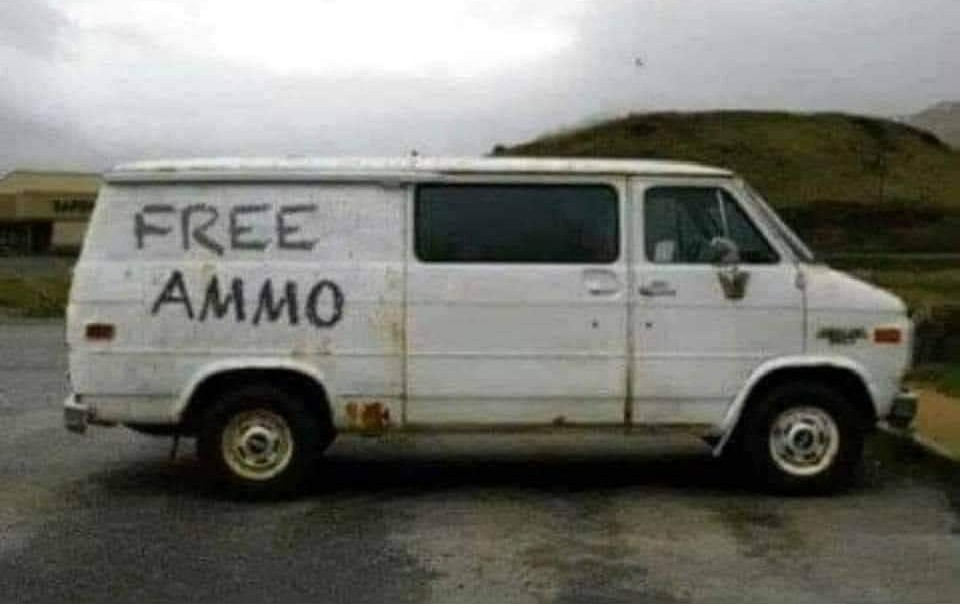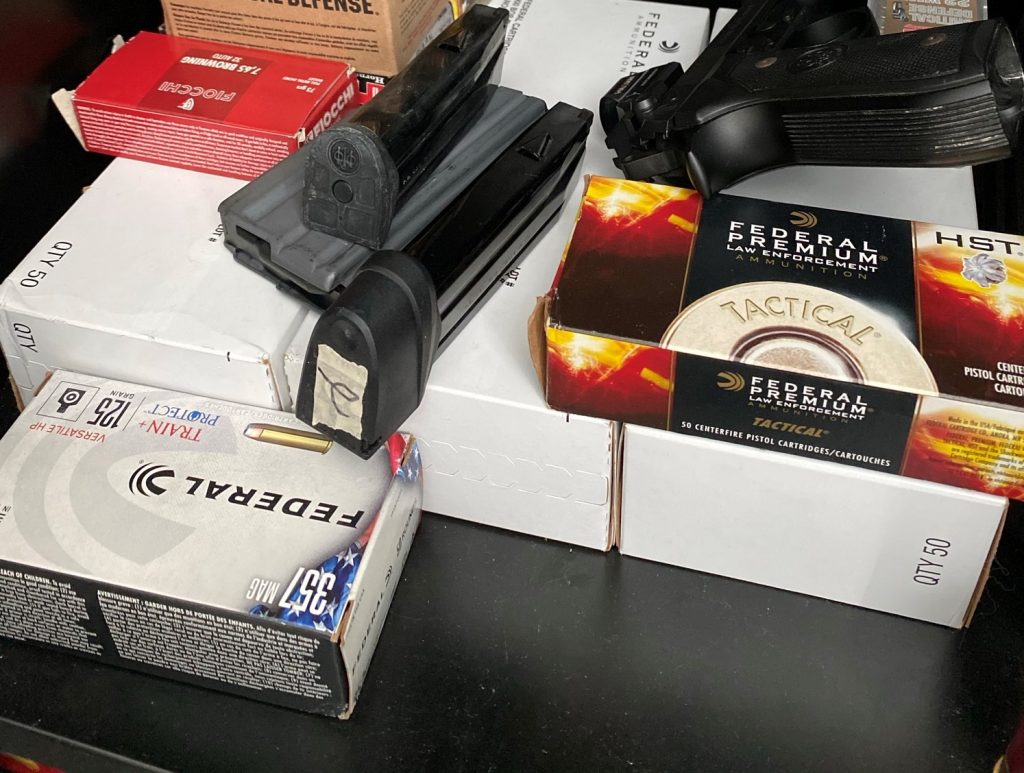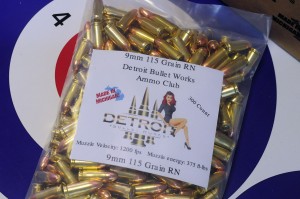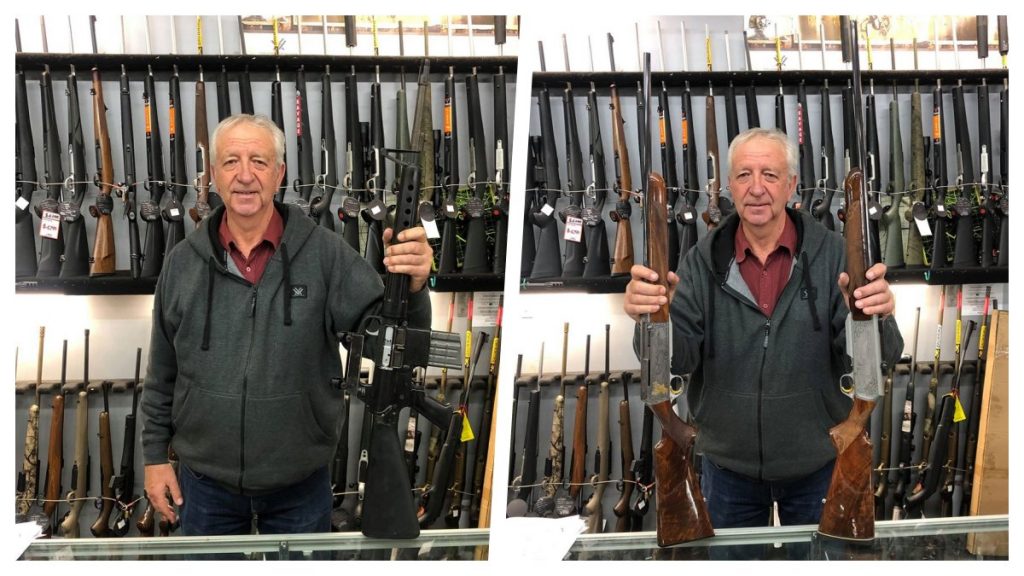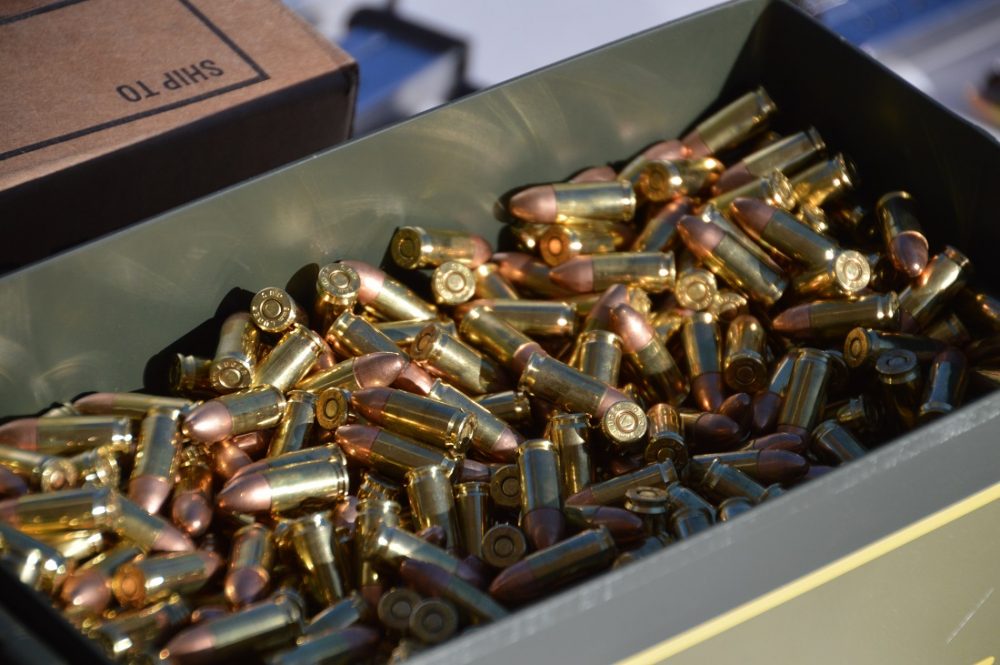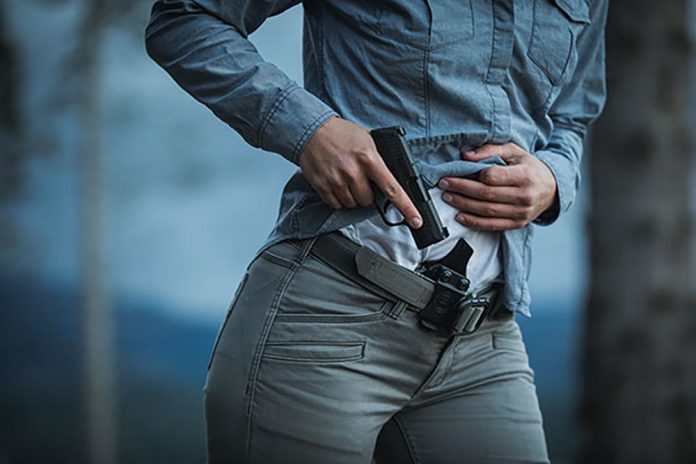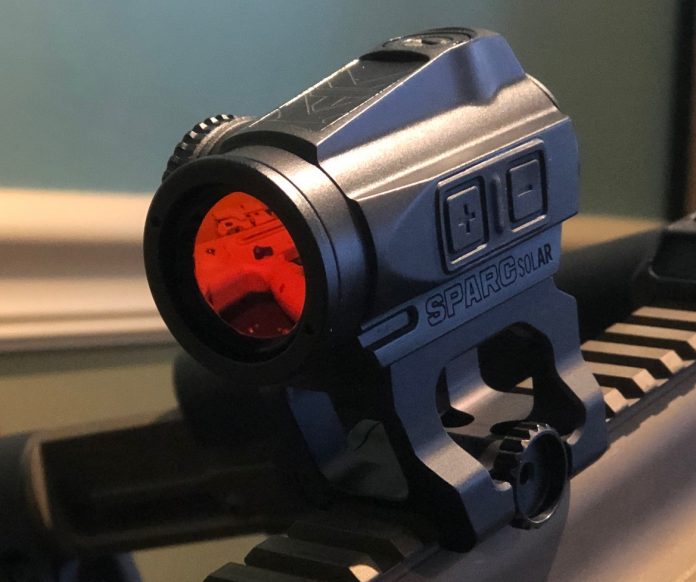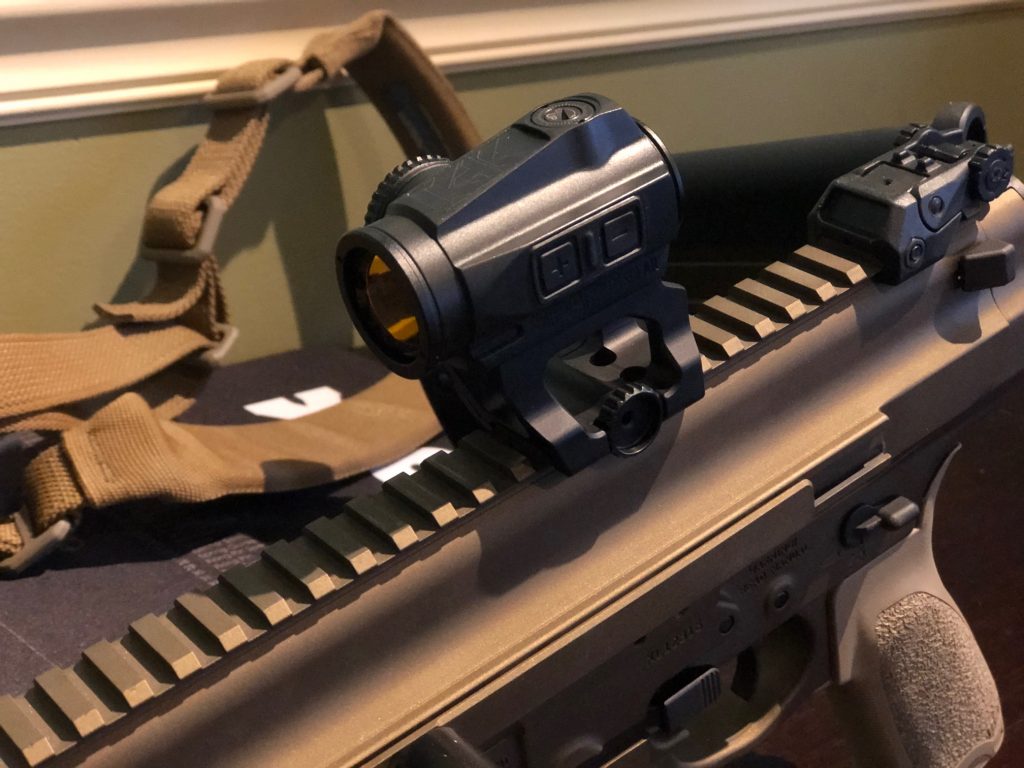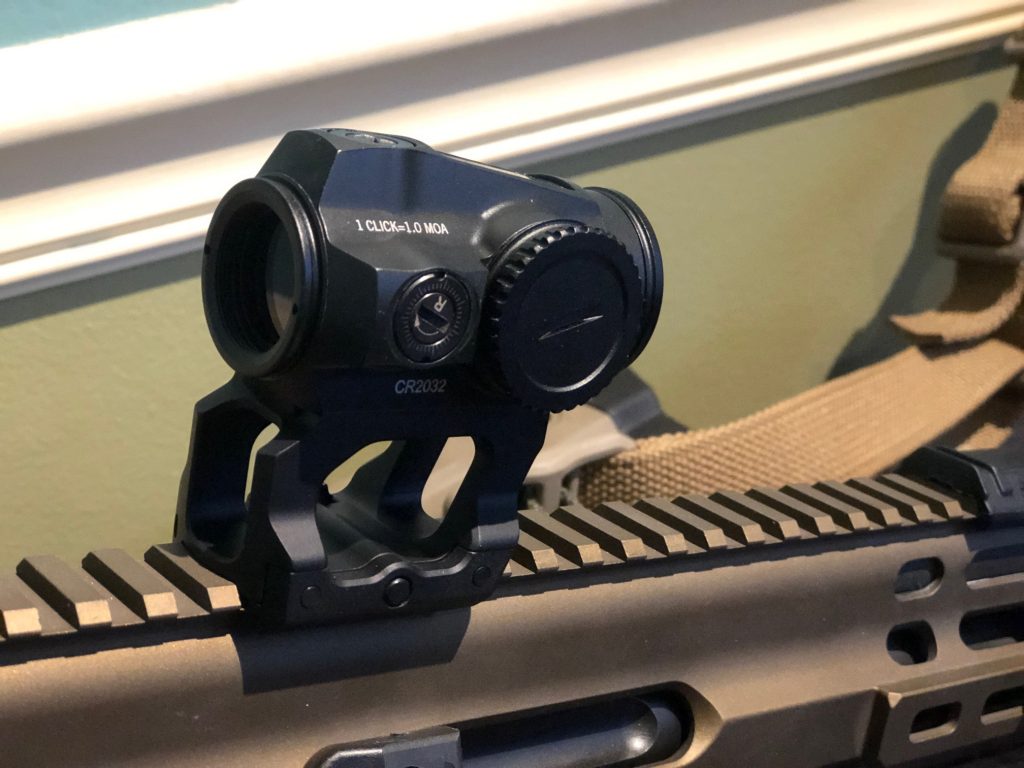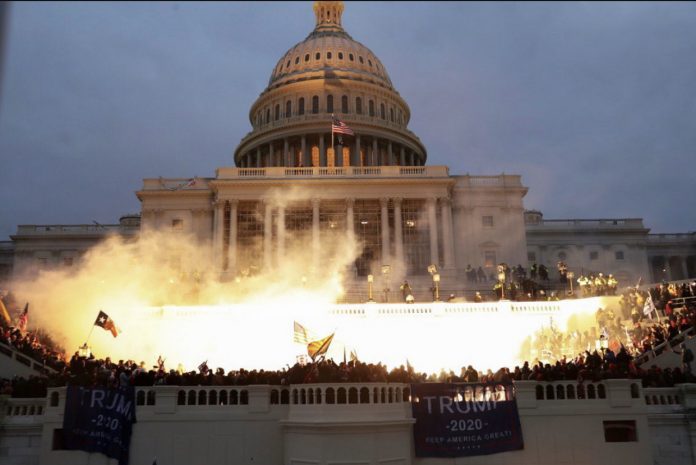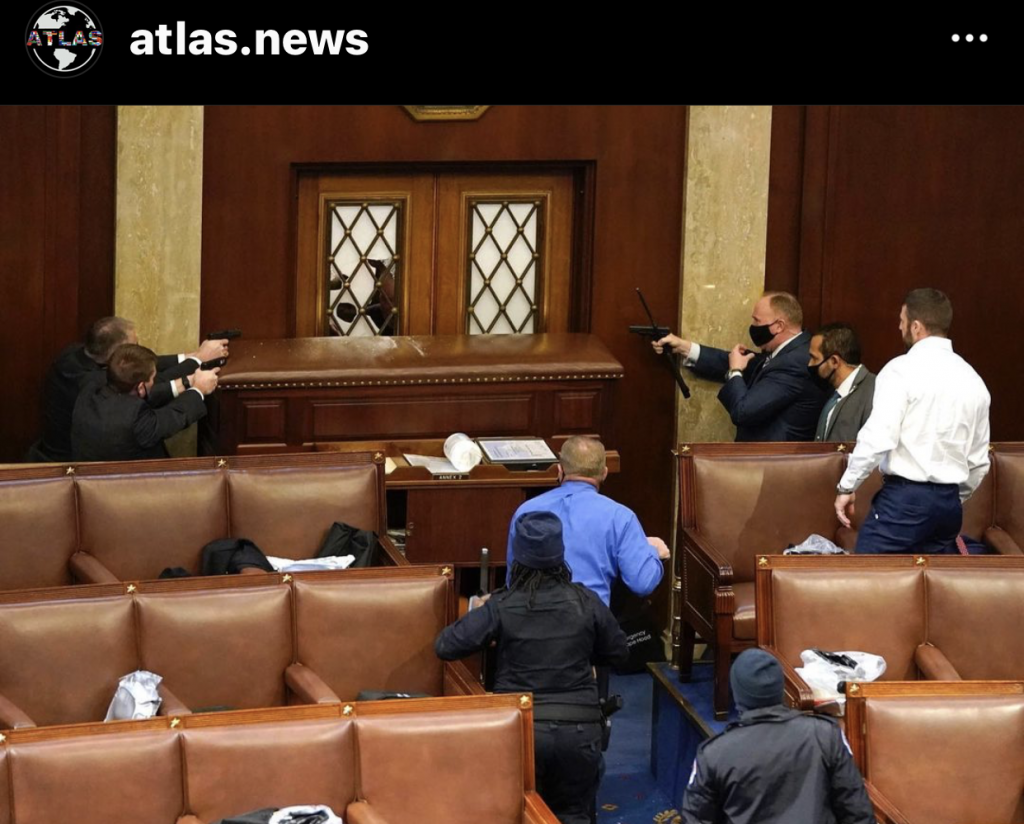While SHOT Show is not happening this year, products are still rolling out. From the Polymer Paragon’s that means a week of releases for upcoming products.
Still waiting on a 2020 release, you say? Several of those should be shipping soon. Yes, Savage 110 owners, you have not been forgotten.
First up new though, the MBUS 3.
Magpul departed from much of the competing flip up sight market when the MBUS and MBUS GenII’s rolled out, making a highly affordable and still quality basic sighting option. About the only major detractor to the MBUS was the larger size over a competing steel and aluminum assembly. They served (and continue to) as back-ups on many a carbine. They came standard on many too, as a cost effective addition.
Then came the PRO line, where Magpul aimed to compete with the like of Troy and Knight’s to make a sturdy lo-pro option and join the ranks offer offset sights too. The Pro’s, like the Magpul rifle chassis, was a departure from their competitively affordable polymer product mix and stepping into high quality machining. They succeeded in keeping the prices highly competitive but the chassis was still $1,000 and a set of range adjustable Pro MBUS was $200.
The MBUS 3 updates the polymer line of BUIS with several of the features the Pro’s brough while maintaining the $100 complete set price point.
Now, we can argue for hours about whether or not rifles even need BUIS but I continue to contend that…
- BUIS are a no harm value add for a modest spend
- Least expensive way to have a useable sighting system immediately
- Are valuable to understand as a discipline and are easier to learn after using the red dot.
Alright, next product!
For those large pawed and long fingered among our ranks, the K2 is now coming in XL.
The K2 took the MIAD grip and gave it that more vertical treatment that most shooters like on their rifles today, myself included. Increasing the grip diameter by 25% grants a shooter two advantages in two distinct shooting styles. In CQC/CQB/Shooting a tiny rifle it gives more useable control surface in a shooting variant where you are relying on that pistol grip for control a lot more. In precision shooting it aids in finger placement so you can set your pad ‘just right.’
A simple comfort and quality of life improvement option, the K2-XL.
The fourth generation of the Precision Rifle/Sniper is coming in Lite. The PRS Lite is not only cutting the weight but also the price.
The Magpul PRS was quickly adopted and retrofitted onto the Knight’s M110’s by many, it was also massively successful in the precision gas gun circles on .308’s, 6.5’s, and .223 Wylde rigs. In many of these applications the extra mass was seen as an asset to the stability of the shooter more than any hinderance, it helped balance out heavy barrels, optics, and suppressors.
[Fun Fact Time: This modification (adding a PRS) violates the contract weight requirement for procurement of the original M110, so the rifles couldn’t just be bought from KAC with the stock installed. Procurement is weird.
There were other items even in the native Knight’s stock for the M110 that were added after the rifles were bought because the rifle would be heavier than signed TDP contract weight when it was shipped, but there was no block on authorized modifications and TDP upgrades violating the original weight after the purchase and shipment… again, procurement is weird. It has to do with quality control and knowing precisely what is being ordered, but it doesn’t allow for variance even within authorized items. That is all on the end unit.
Think of it like this. You buy a fleet-truck and it comes with X brand brake pads because with those brake pads the truck weighs exactly what the contract said it needed to weigh, for fuel efficiency or another stated reason. But when you get it, you immediately install Y brake pads because the performance of Y brake pads is much better than X brake pads. You might think, why not have motor-vehicle-supply-mart just install Y brake pads instead of X? It is because your contract with motor-vehicle-supply-mart specifically says X brake pads for the purchase of fleet-truck because it makes weight and thus is fuel efficient or less harmful to the roads or whichever contractually stated reason… when it is purchased.
Make sense? Of course not, but such is life. There are so valid reasons for this from a QC and liability standpoint but those are fairly nuanced. We are also the nation that made “green” lead-free bullets to help the environment.]
Back on topic.
The PRS Lite combines features seen in the previous PRS stocks with some of the features we say in the UBR. It sheds 10oz from the weight and still allows for comb height adjustment, length of pull adjustment, and even a custom cant on the buttpad.
What you give up is tool-less adjustment, you will need hand tools for changing any of the lengths and heights. This could almost be considered an evolution on the MOE rifle stock as well, in the regard that once adjusted it becomes a fixed stock. But a custom fit fixed stock, which makes including it in the PRS line natural.
The Magpul QR Rail Grabber provides a compact, user-adjustable, true quick-release plate that’s compatible with a wide variety of products that use the A.R.M.S ® 17S style footprint. Developed primarily for our Magpul Bipods, the Bipod QR Adapter can be used with either Picatinny or RRS/ARCA interfaces. Its user-adjustable dual clamping mechanism slims down to the rail it sits on, ensuring a compact fit. A serrated knob makes for easy manipulation and sits close to the body of the adapter and out of the way. Machined from Mil-Spec aluminum, it’s extremely rugged and provides a stable platform for hard-use applications.
I don’t have much to comment beyond the Magpul line on this one. It is outside my wheelhouse. I use the Magpul Bi-Pods in the M-LOK format. For those using the stated interfaces this may be an excellent, more compatible, and more flexible interface for mounting across various rifles.

